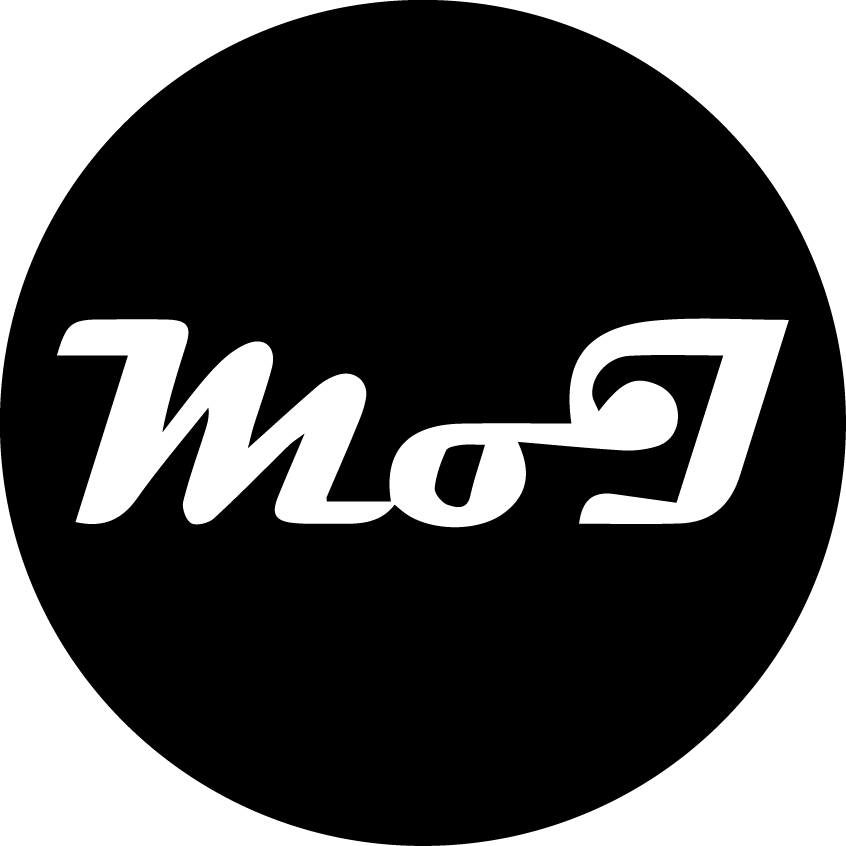The Terminator, RoboCop, Iron Man, Yu-Gi-Oh and Tom Cruise in Minority Report are using it – Augmented Reality. Enough motivation for us to learn more about this emerging field. We put together a presentation with some answers addressing the following questions:
1. What is Augmented Reality?
2. How is Augmented Reality put in use?
3. What technologies enable Augmented Reality?
4. What are the market prospects of Augmented Reality?
Take your time, enjoy the presentation and watch a choice of over 30 examples in various fields of application such as entertainment & infotainment, ecommerce, digital marketing & advertising, shopping, product presentation, mass customization, gaming, social networking, navigation & travel information, military, architecture, assembly & production and medicine.
View more presentations from Michael Bartl
Closer to reality +++ closer to the frontend of innovation +++ closer to consumer behavior – that’s why we think Augmented Reality can change the game of product development and market research:
Augmented Reality allows creating research settings and development environments which are closer to reality than ever before. Photorealistic depictions and augmented product animations allow developers and consumers to become familiar with new products and ensure realistic product evaluation long before physical prototypes even exist. Augmented simulations as a mix of virtual prototypes and real environment enables users to get their “hands” on innovations long before the design has been finalized. The number of test options and parallel testing of product alternatives especially in the front end of innovation can be increased to a level never experienced before. Consumer feedback becomes more valid, the quality of predictions can be improved and changes throughout product development can be implemented quickly and at less cost according to the user wants and needs. Augmented Reality will help users to immerse in future use scenarios and transfer their knowledge in a way useful to producers. Finally a big part of AR applications can be accessed with mobile devices such as tablets or smartphones. Additional equipment such as the Google Glass will become widely available soon. This will lead us in an era of research “on the go” where product usage and user behavior can directly be linked to new product development.

